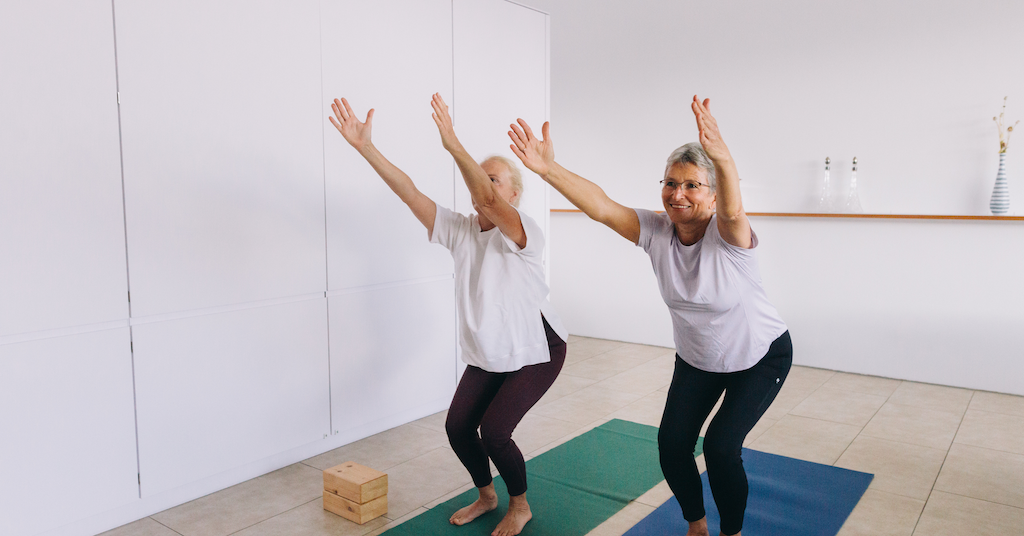Introduction
Falls are one of the leading causes of injury among older adults, often resulting in fractures, hospitalizations, and a decline in overall mobility. However, many falls can be prevented with the right approach. Physical therapy plays a crucial role in reducing fall risk by improving strength, balance, and coordination. Whether you are a senior looking to stay active or a caregiver supporting a loved one, understanding fall prevention strategies can make a significant difference in maintaining safety and independence.
How Physical Therapy Helps Prevent Falls
- Balance and Stability Training
As we age, our balance can become compromised due to muscle weakness, joint stiffness, and slower reaction times. Physical therapists use targeted exercises to improve balance and stability, such as:- Single-leg stands to build strength and coordination.
- Heel-to-toe walking to enhance stability and control.
- Weight-shifting exercises to improve body awareness and response time.
- Strength Training for Fall Prevention
Weak muscles—especially in the legs and core—can make it difficult to stay steady on your feet. Strength training is a key component of fall prevention, with exercises such as:- Chair squats to strengthen leg muscles for better mobility.
- Calf raises to improve ankle strength and stability.
- Core exercises to enhance posture and overall control.
- Gait Training and Walking Techniques
A physical therapist assesses a person’s walking pattern (gait) and recommends modifications to prevent falls. This may include:- Improving posture and stride length.
- Using assistive devices like canes or walkers properly.
- Practicing safe navigation of stairs and uneven surfaces.
- Flexibility and Joint Mobility
Stiff joints can make movement more difficult, increasing the risk of tripping or losing balance. Stretching and mobility exercises help keep the body flexible, making everyday activities safer and easier. - Home Safety Assessments
Physical therapists can also provide guidance on making the home safer by:- Removing tripping hazards like loose rugs and clutter.
- Installing grab bars in bathrooms and along stairways.
- Improving lighting to enhance visibility.
Conclusion
Falls are not an inevitable part of aging. With the right physical therapy program, individuals can improve their strength, balance, and mobility, significantly reducing their risk of falls. If you or a loved one is concerned about falling, consider consulting a physical therapist for a personalized fall prevention plan. Taking proactive steps today can help ensure a safer, more independent future.
